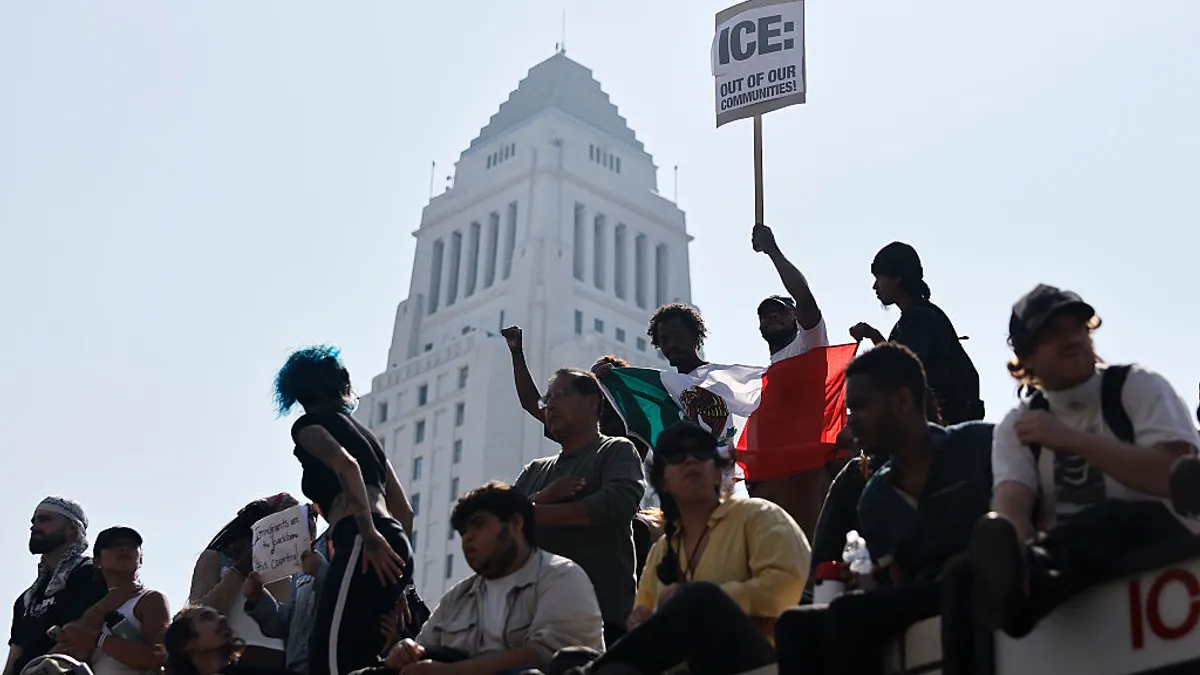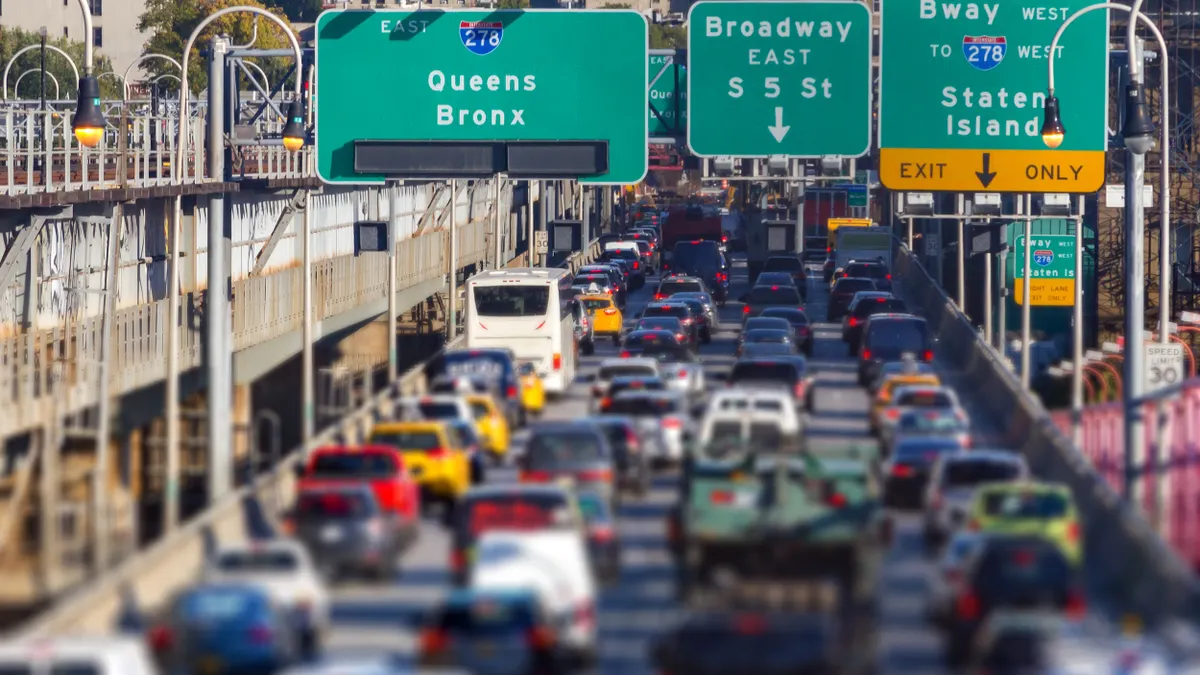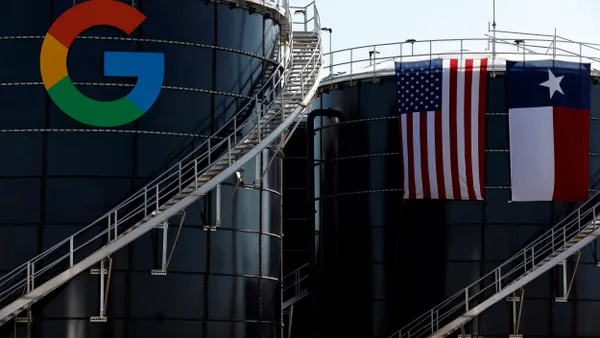Dive Brief:
- An electric vehicle (EV) charging pilot Pacific Gas & Electric and BMW managed in Northern California helped drivers use an additional 1,200 kWh of renewable energy annually, provided other grid benefits and cut greenhouse gas emissions, according to data from the program.
- The utility and car manufacturer announced in March they are expanding the ChargeForward pilot to accept about 3,000 customers. The program provides financial incentives in exchange for participants shifting vehicle charging loads to times when there is ample renewable power on the grid.
- "We're really trying to figure out what vehicles can do for the grid," Charles Post, PG&E's energy storage program manager, said Tuesday during the Verge Electrify webinar. "Can they be backup power? Can they provide resiliency? We're hoping to explore than in the not-too-distant future."
Dive Insight:
Electric vehicle adoption is on the rise, and PG&E and other utilities are working quickly to learn how they can use EVs as grid resources.
ChargeForward launched in 2015 with 100 PG&E customers, all driving a single model. At the time, the utility had more than 60,000 electric vehicles in its territory. Six years later, more than 315,000 electric vehicles are on PG&E's grid, and the ChargeForward pilot is open to any BMW-made battery electric or plug-in hybrid.
Using vehicle telematics data, the demand management program shifts vehicle charging to windows of time that meet the needs of both the customer and grid, Adam Langton, energy services manager at BMW North America, said.
"The average person needs just a few hours per day to charge their vehicle, based on their driving needs, but they're parked a lot longer," Langton said at May 25 event. "There is enough time to shift someone's charging away from times when charging is detrimental to the grid, or when it's expensive, or using a lot of fossil fuel generation, to times when you can use more green power, that are cheaper and better for the grid."
A University of California, Berkeley, study looking at data from the ChargeForward program concluded smart charging EVs could reduce greenhouse gas emissions by an additional 32% compared with unmanaged charging, and the program provided economic benefits as well.
Right now, managed charging is the most functional grid use case for EVs, but PG&E is looking ahead as the technology evolves to bi-directional capabilities. Electric vehicles are essentially "batteries on wheels," said Post, "and we believe they can do the same things."
"What we're working to get to is more of a future where we can discharge to use [EVs] when we have capacity shortfalls, using them for backup, [and] whole use cases just beyond the managed charging, said Post.
The panel topic was "What Will It Take For EVs to Benefit the Grid?" but Miles Muller, an attorney in the climate and clean energy program at the Natural Resources Defense Council, said that question may miss EVs' current benefits.
"There is a really big opportunity for EVs to help facilitate the integration of renewable generation," said Muller. But he added "EVs are already benefiting the grid to a large extent, helping to spread the cost of maintaining the grid over a larger volume of electricity sales."
A couple of California studies pegged the cumulative value of that grid efficiency at more than $800 million, Muller said. EVs are "driving down the cost of maintaining the grid," he said.
And "there's a lot more we can do. We're really just scratching the surface at the moment," Muller said.













